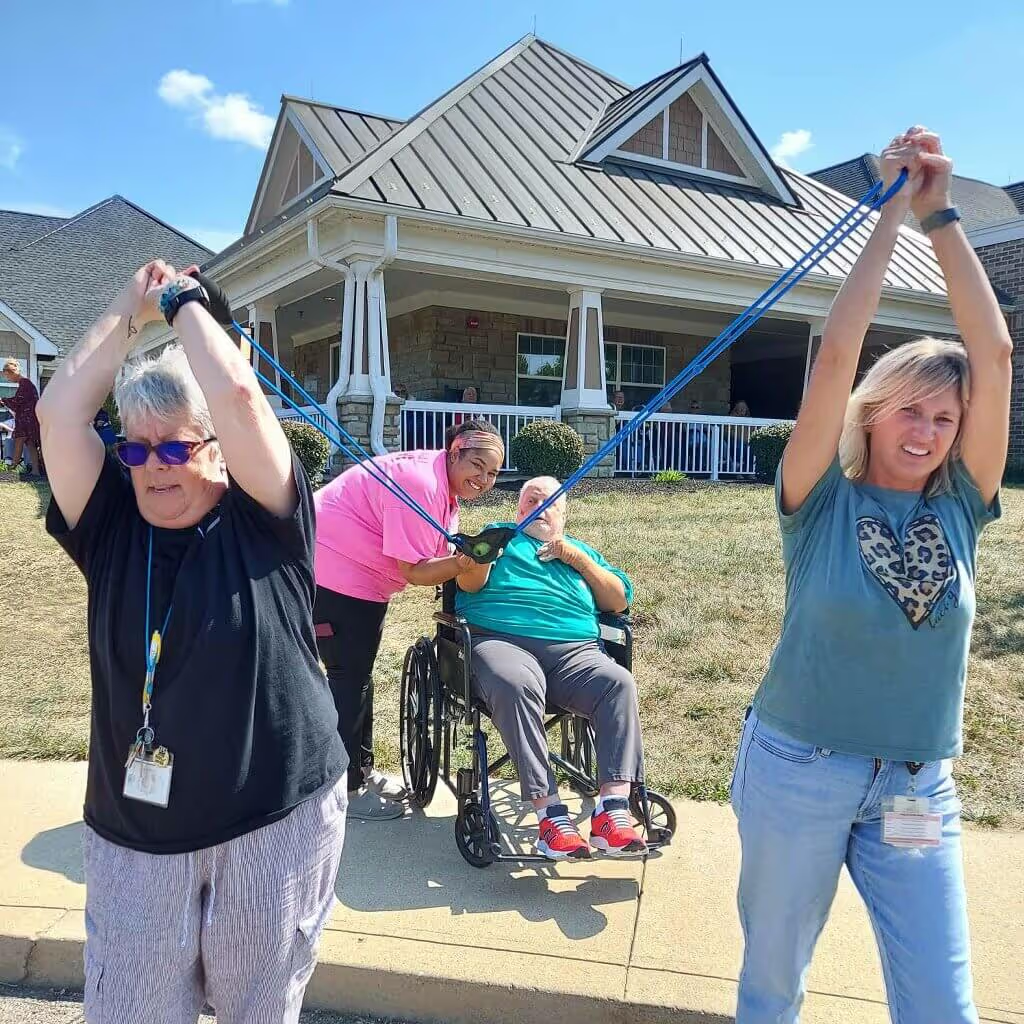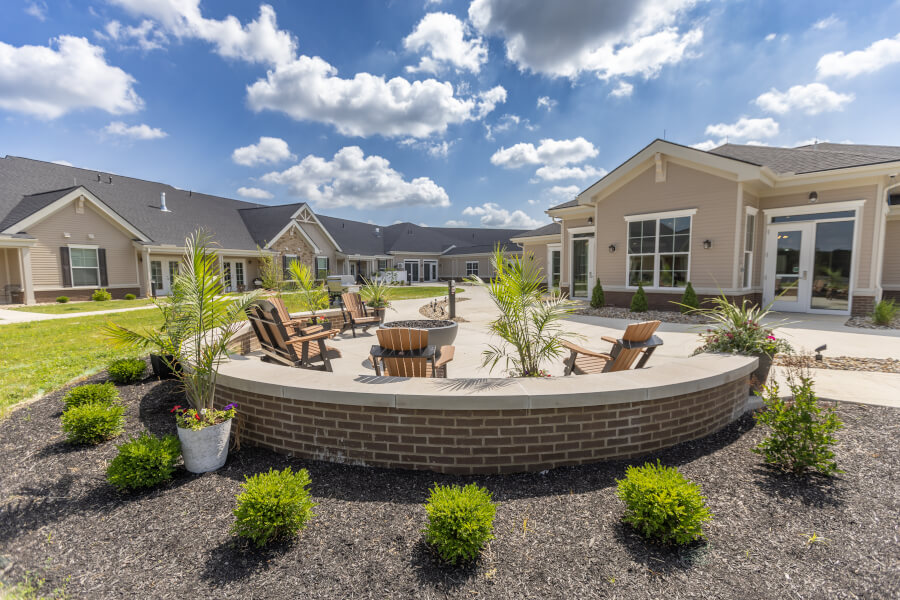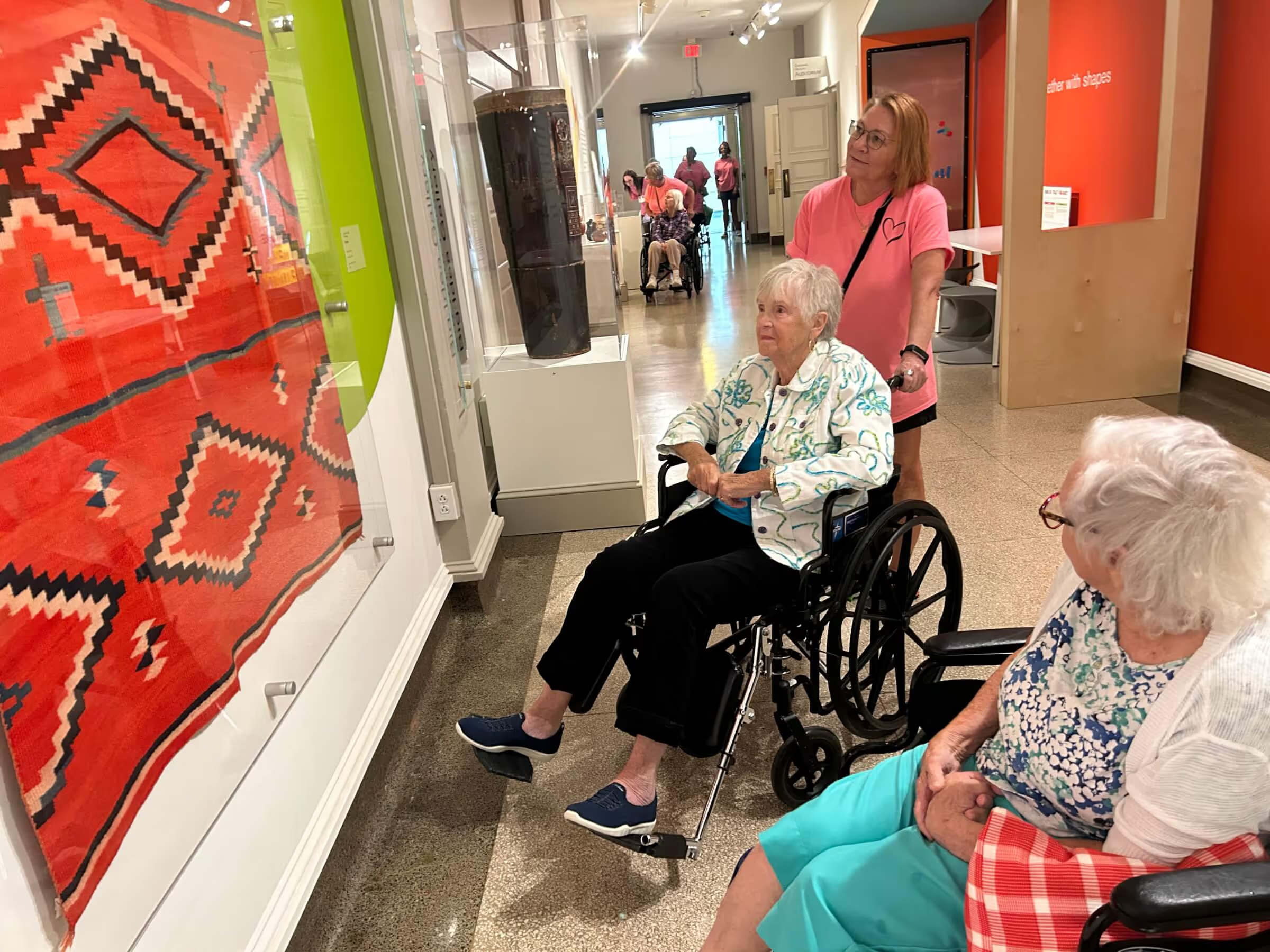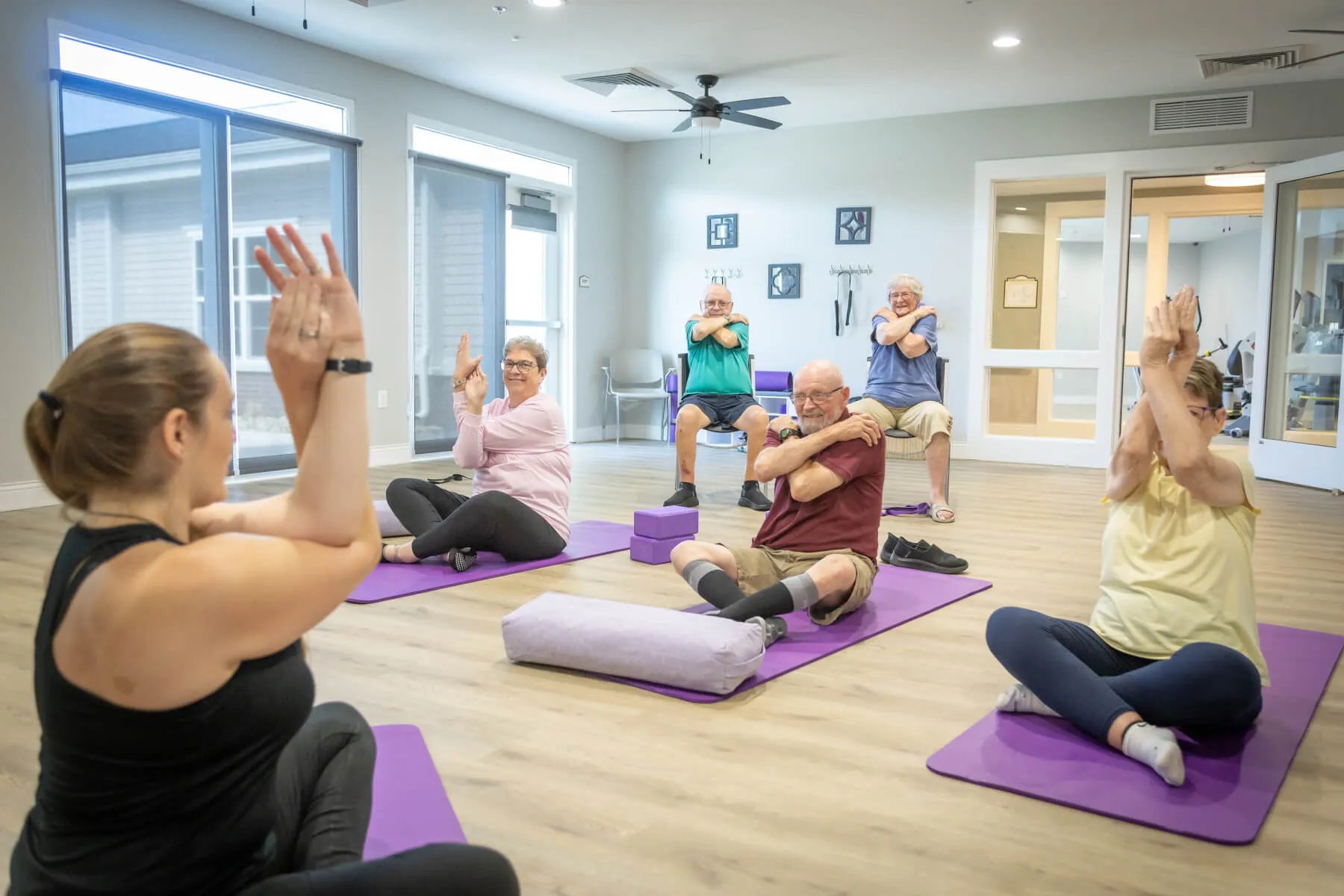
Senior Wellness: 4 Benefits of Social Engagement in Senior Living Communities

The benefits of social engagement for seniors are tough to deny. As the population of aging US adults continues to grow, senior living communities are taking steps to evolve in tandem. We're seeing a transition from singularly care-focused institutions into a more holistic and vibrant class of senior wellness-centered environments. At the heart of this transformation is resident engagement—the process of involving seniors in meaningful activities, decisions, and relationships that enhance their quality of life.
So, why this shift in the way we approach senior health and wellness?
Engaging Residents Is Critical to Senior Living Communities

When it comes to senior living communities, the goal should be to get everyone involved. Engaged residents are healthier, happier, and more socially connected. Which is a big deal, considering the significance of those metrics in elderly populations. Health, happiness, and connection represent three extremely significant slices of the senior wellness pie.
Research shows that the benefits of social interaction and purposeful activities can be substantial for older adults—delaying cognitive decline, reducing depression, and even improving physical health. Additionally, resident engagement promotes a heightened sense of belonging and decreases turnover by fostering satisfaction and loyalty.
Senior Wellness: 4 Benefits of Social Engagement on Campus
From exciting social events to fun games for elders, increased senior socialization leads to a better campus experience for all. Here's why leading senior living communities are stepping up their efforts to facilitate even more meaningful social interaction for seniors.
1. Improved Health Outcomes
Regular senior socialization and purposeful activities reduce the risk of dementia, anxiety, and physical falls.
2. Higher Resident Satisfaction
Bouncing off of these positive health outcomes, an engaged resident is also much more likely to feel heard, valued, and fulfilled.
3. Stronger Community Culture

There are many benefits of socializing with a community of peers. This sort of engagement fosters friendships and reduces senior isolation, contributing to a more positive atmosphere overall.
4. Better Resident (& Staff) Retention
When engaged residents are happy, their families are too. On top of the effect that engagement has on resident retention, senior living community staff also experience more rewarding interactions. This leads to decreased turnover, further strengthening staff/elder relationships and trust across campus.
5 Key Strategies to Boost Engagement
Socialization activities for elderly residents are clearly important, so what should you look for in a care facility? Here are a few specific things you can check to assess whether or not a given senior living community is committed to dynamically engaging its residents.
1. Personalized Activity Programming

One-size-fits-all programming is no longer enough. Senior living communities that tailor activities to individual interests, hobbies, and cognitive/physical abilities see higher senior participation rates. Whether it’s gardening, art, music therapy, book clubs, or planning fun games for elders, personalization increases the relevance and joy of participation.
2. Resident Councils and Feedback Loops
Giving residents a voice in community decisions—like meal planning, activity schedules, or new amenities—empowers them and promotes ownership. Resident councils or regular feedback sessions show that leadership values their input, building trust and responsiveness.
3. Technology Integration
Digital tools, like activity tracking apps or video calling platforms, help residents stay connected with family and staff. Virtual programming can also supplement in-person activities, especially for residents with mobility issues or during times of restricted social interaction.
4. Intergenerational Programming
Partnering with schools, universities, or youth organizations brings fresh energy into the community. These programs foster mutual learning and break down generational barriers, creating meaningful connections between residents and younger people.
5. Staff Engagement Training
Staff play a critical role in fostering engagement. Training them to recognize and support each resident’s emotional and social needs ensures that engagement is a daily priority, not just an afterthought during scheduled activities.
Looking for a Wellness-Focused Senior Living Community?
Resident engagement is about more than just filling time—it’s also about enriching lives on campus. Likewise, "senior wellness" is about far more than just monitoring bloodwork.
At OESH, we love to see our wonderful seniors socializing, dreaming big, and engaging with those around them. By embracing innovation, personal connection, and resident-driven initiatives, senior living communities can transform into dynamic environments like the one we've built here in Central Ohio—where older adults not only live, but also thrive.
Schedule a tour of the OESH campus today!
Recent Articles




.jpeg)